922404
N4,N4′-Bis(4-(6-((3-ethyloxetan-3-yl)methoxy)hexyl)phenyl)-N4,N4′-diphenylbiphenyl-4,4′-diamine
≥97% (HPLC)
Synonym(s):
OTPD
Sign Into View Organizational & Contract Pricing
All Photos(2)
About This Item
Empirical Formula (Hill Notation):
C60H72N2O4
CAS Number:
Molecular Weight:
885.22
MDL number:
UNSPSC Code:
12352116
NACRES:
NA.23
Recommended Products
Quality Level
Assay
≥97% (HPLC)
solubility
chloroform: soluble
dichloromethane: soluble
toluene: soluble
fluorescence
λem 410 nm±10 nm in dichloromethane
Orbital energy
HOMO 5.34 eV
LUMO 1.9 eV
λ
in dichloromethane
UV absorption
λ: 308 nm±5 nm Amax
λ: 353 nm±5 nm Amax
Application
N4,N4′-Bis(4-(6-((3-ethyloxetan-3-yl)methoxy)hexyl)phenyl)-N4,N4′-diphenylbiphenyl-4,4′-diamine (OTPD) is a solution-processable Hole Transport / Electron Blocking Layer (HTL / EBL) material popularly used in optoelectronic devices, such as diodes and solar cells .
N4,N4′-Bis(4-(6-((3-ethyloxetan-3-yl)methoxy)hexyl)phenyl)-N4,N4′-diphenylbiphenyl-4,4′-diamine can be used in studies of organic light-emitting diodes (OLEDs) and organic photovoltaic (OPV) devices as a hole transport material. Its favorable charge transport characteristics make it suitable for enhancing the charge collection efficiency and overall power conversion efficiency of OPV devices.
Storage Class Code
10 - Combustible liquids
WGK
WGK 3
Flash Point(F)
Not applicable
Flash Point(C)
Not applicable
Certificates of Analysis (COA)
Search for Certificates of Analysis (COA) by entering the products Lot/Batch Number. Lot and Batch Numbers can be found on a product’s label following the words ‘Lot’ or ‘Batch’.
Already Own This Product?
Find documentation for the products that you have recently purchased in the Document Library.
Photopatterning of crosslinkable hole-conducting materials for application in organic light-emitting devices
Bacher, Erwin, et al.
Macromolecular Rapid Communications, 25, 1191-1196 (2004)
Highly efficient solution-processed phosphorescent multilayer organic light-emitting diodes based on small-molecule hosts
Rehmann, Nina, et al.
Applied Physics Letters, 91, 103507/1-103507/3 (2007)
New crosslinkable hole conductors for blue-phosphorescent organic light-emitting diodes
Zacharias, Philipp, et al.
Angewandte Chemie (Weinheim an der Bergstrasse, Germany), 46, 4388-4392 (2007)
Our team of scientists has experience in all areas of research including Life Science, Material Science, Chemical Synthesis, Chromatography, Analytical and many others.
Contact Technical Service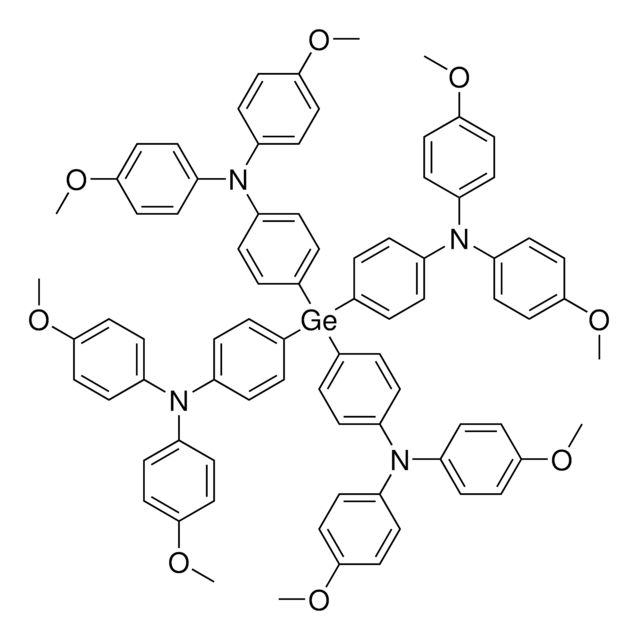
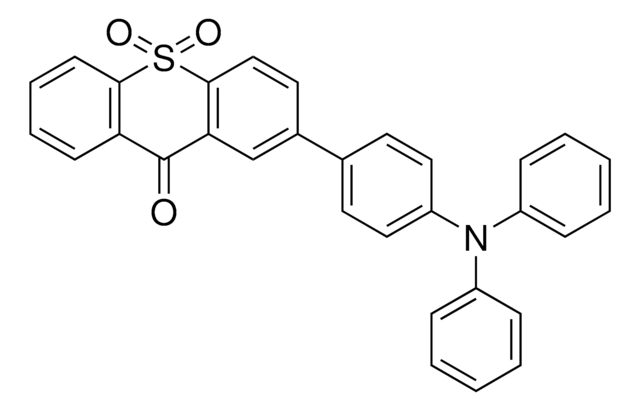
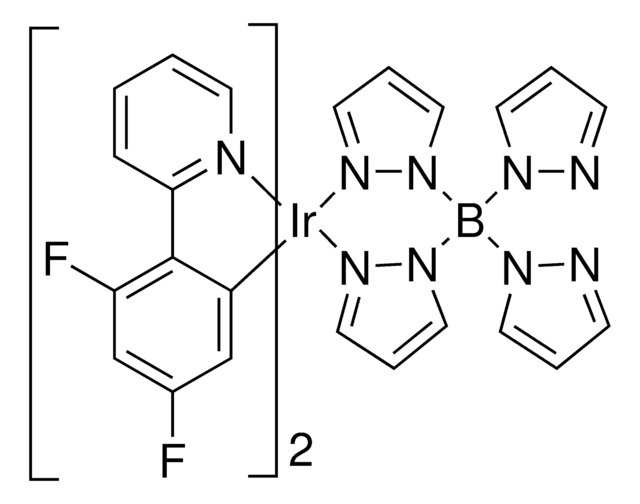
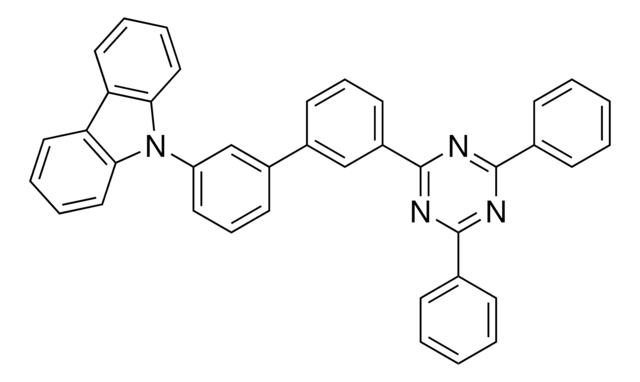
![Tris[2-phenylpyridinato-C2,N]iridium(III) 97%](/deepweb/assets/sigmaaldrich/product/structures/167/234/658d0b76-d31d-4fd5-8041-e04e207227c9/640/658d0b76-d31d-4fd5-8041-e04e207227c9.png)
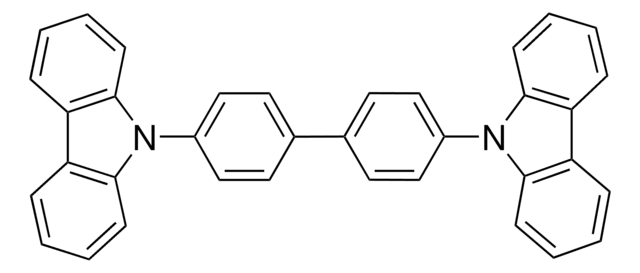
![Di-[4-(N,N-di-p-tolyl-amino)-phenyl]cyclohexane ≥97% (HPLC)](/deepweb/assets/sigmaaldrich/product/structures/111/787/16bde1ce-c76d-46d6-9e1f-9ce09f82d038/640/16bde1ce-c76d-46d6-9e1f-9ce09f82d038.png)
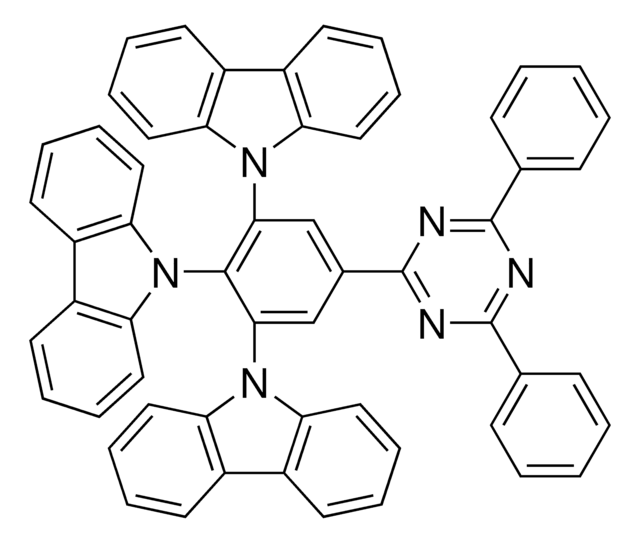
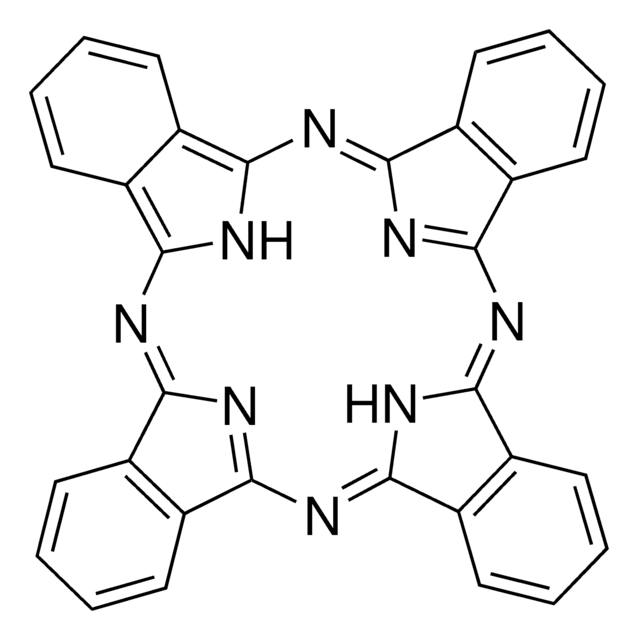
![5H-Pyrido[3,2-b]indole](/deepweb/assets/sigmaaldrich/product/structures/298/461/71e4728f-198c-4105-965b-654071026ab4/640/71e4728f-198c-4105-965b-654071026ab4.png)